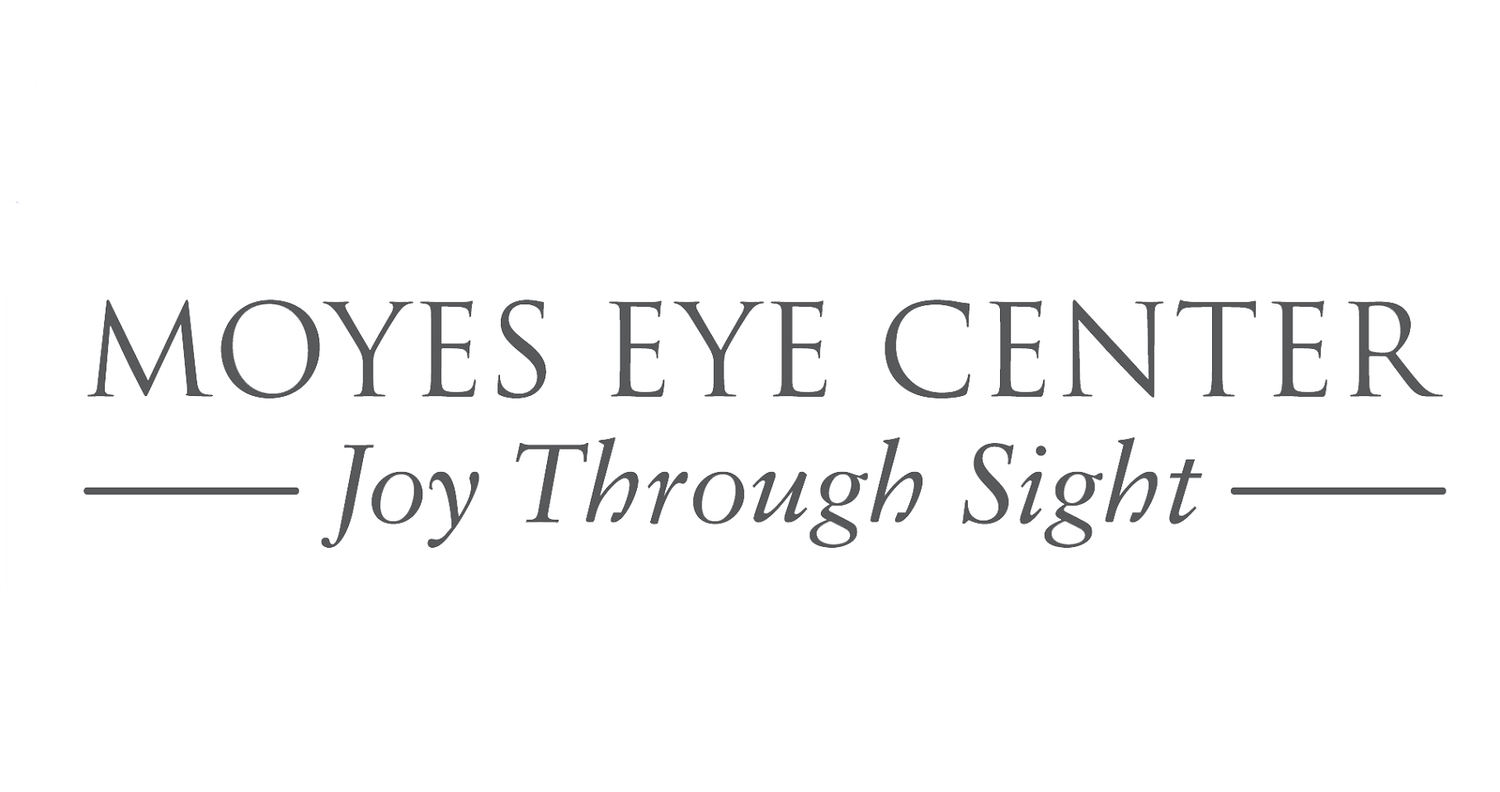What is Glaucoma?
Glaucoma is a disease that damages the optic nerve of the eye. The optic nerve is the “cable” that takes what our eye sees and sends the signal to our brain. 3 million people are estimated to have glaucoma, BUT only half of them are aware they have the disease. Early in the disease there are no symptoms and for that reason glaucoma is often referred to as “the silent thief of sight”.
The damage to the optic nerve is progressive without treatment and the loss of vision is irreversible. For this reason it is important to be screened for glaucoma in hopes of identifying the disease in its earliest stages and initiate treatment to preserve vision.
What are the risk factors for glaucoma?
Glaucoma is a multifactorial disease with several risk factors associated:
- Age: Glaucoma is found more often in those over the age of 50.
- Race: African Americans are 3-4 times more likely to develop glaucoma. Hispanics are 1-2 times more likely to develop glaucoma.
- Intraocular pressure (IOP): Increased IOP is a risk factor for developing glaucoma. Understand that IOP can have diurnal fluctuation and may be consistently “normal” at certain times during the day, yet abnormal at other times during the day.
- Family history: Patients with immediate family members who have Primary Open Angle Glaucoma (the most common type) are 4-9 times more likely to develop glaucoma.
- Corneal thickness: Patients with thinner corneas are at a greater risk to develop glaucoma.
- Steroid usage: Topical steroids used chronically have been shown to increase IOP in a certain percentage of the population. Patients who take topical steroids on a chronic basis should have their eye pressure checked throughout the year.
- Eye injuries: Blunt injuries to the eye that result in damage to the iris or drainage angle of the eye can lead to increased IOP. The increased IOP can occur immediately following the injury or sometimes 10-20 years following the incident.
What are the different types of glaucoma?
There are several different types of glaucoma, all of which have progressive optic nerve damage and visual field loss in common. Below is a list of the more common types:
Primary Open Angle Glaucoma (most common type): This is the most common type of glaucoma in the United States. It happens gradually, where the eye does not drain fluid as well as it should (like a clogged drain). As a result, eye pressure builds and starts to damage the optic nerve. This type of glaucoma is painless and causes no vision changes at first. Some people can have optic nerves that are sensitive to even normal eye pressure. Regular eye exams are important to find early signs of damage to the optic nerve.
Angle Closure Glaucoma / Narrow Angle Glaucoma This type of glaucoma occurs when someone's iris is very close (or even blocking) the drainage mechanism within the eye. One can think of this like a piece of paper sliding over a sink drain. When the drain gets completely blocked, the eye pressure can rise very quickly. This is called an acute attack and is a true eye emergency. Angle-closure glaucoma can cause irreversible blindness if not treated right away.
What are the symptoms?
Primary Open Angle Glaucoma:
- Has no "real" symptoms until late in the disease, when patients can notice patchy blind spots in their peripheral vision
- Glaucoma vision simulator: https://www.aao.org/eye-health/diseases/glaucoma-vision-simulator
Angle Closure Glaucoma:
- Severe eye pain.
- Nausea and vomiting (accompanying the severe eye pain)
- Sudden onset of visual disturbance, often in low light.
- Blurred vision.
- Halos around lights.
- Reddening of the eye.
- Patchy blind spots in your side (peripheral) or central vision, frequently in both eyes.
- Call your doctor immediately if these are present or you might be at risk for permanent vision loss.

